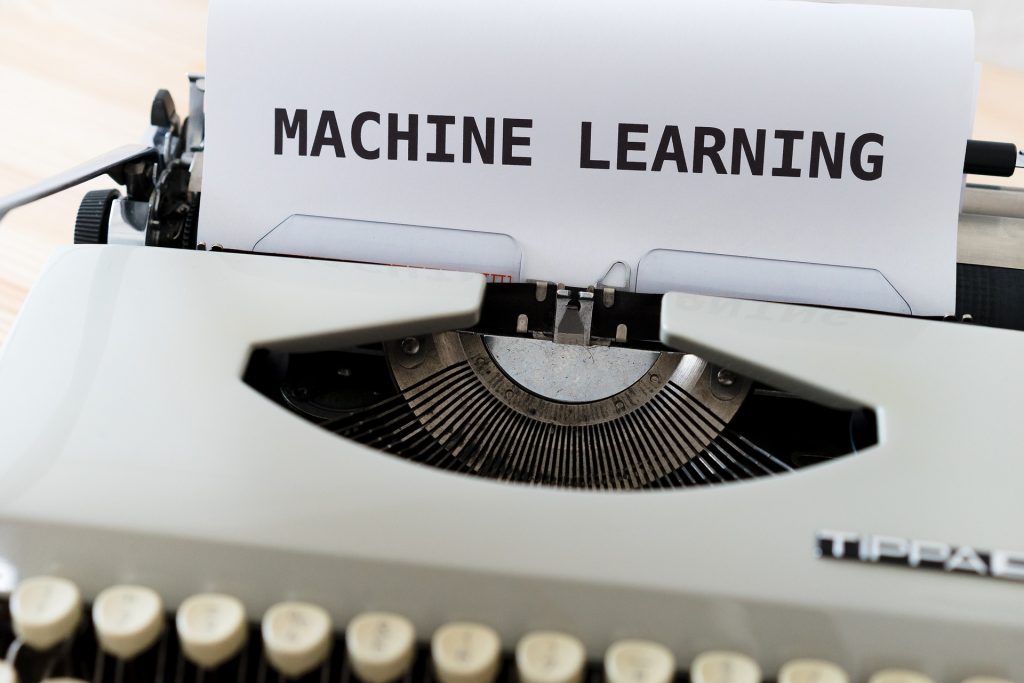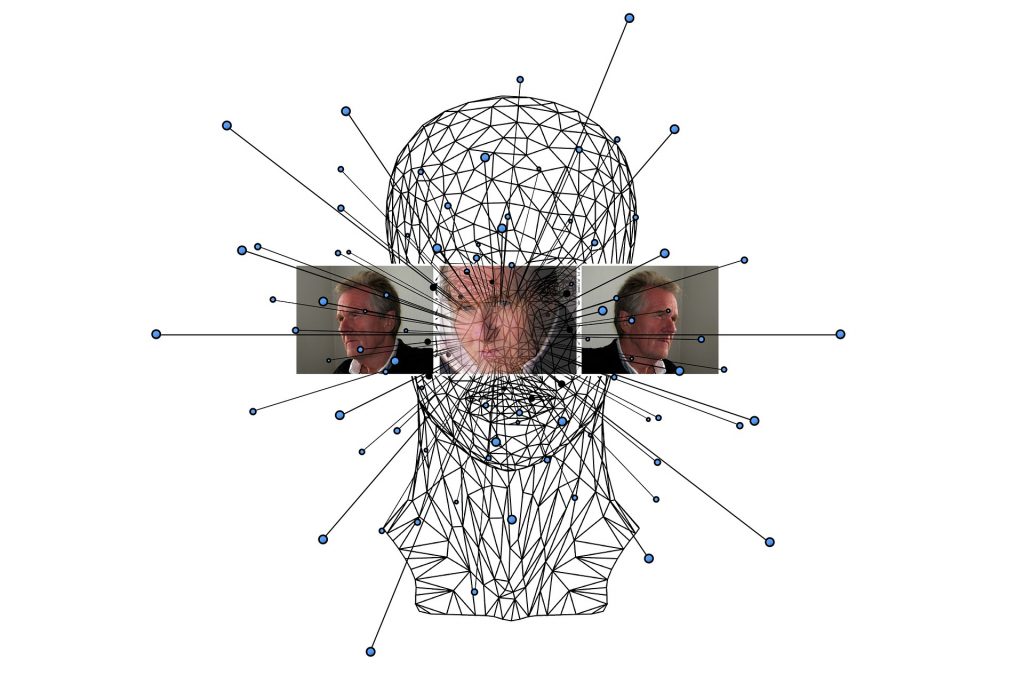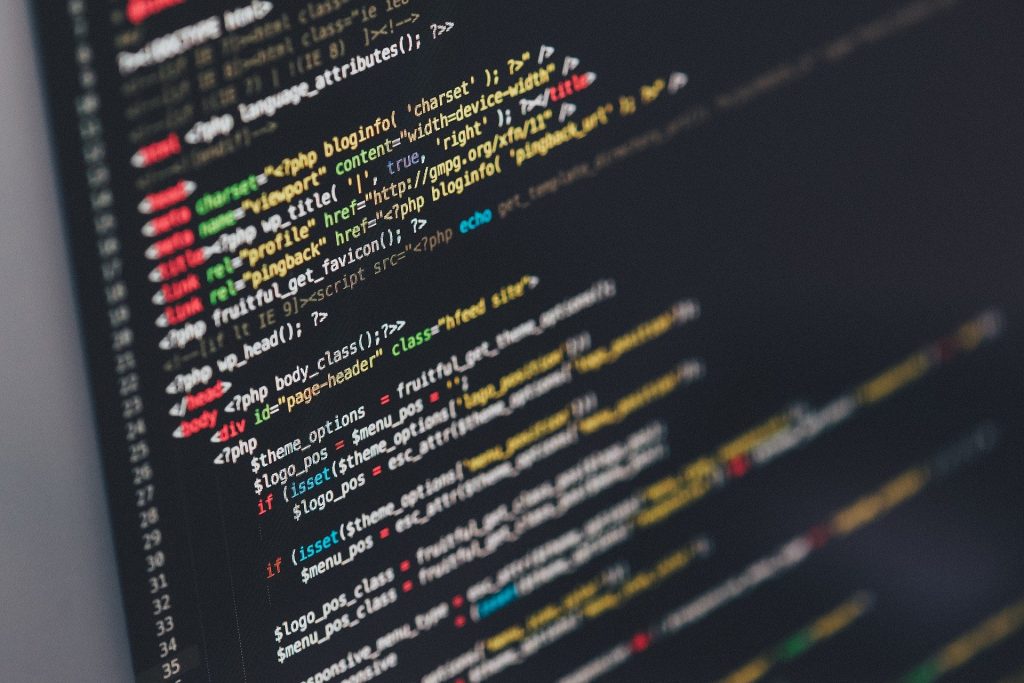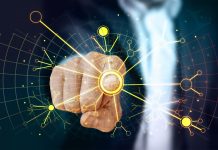Revealing all facets of data science and the things to learn about mastering data science

The hottest engineering field available today is data science. Over the last few years, the market for Data Science work listings has seen a steady uptick. According to fortune, the statistics claim that over the last 4 years the hirings for AI specialists have risen by 74 percent. Data Science is considered the new generation’s “hottest” career.
The need for professional data scientists, like never before, is growing faster. Every day, specifications and open roles for experts in AI sub-fields such as machine learning, deep learning, computer vision, statistics and processing of natural languages are emerging.
In this article, by designing various fabulous projects, we will cover all the important aspects that you need to know to master data science and excel as a data scientist.
For this post, I have made a small list of the table of contents that will help you gather a sense of awareness of the items we will encounter.
Table Of Contents:
- Mathematics
- Programming
- Data Mining
- Data Visualizations
- Machine Learning
- Deep Learning
- Other Essential Branches
- Conclusion
I would recommend that you read all these things if you are a beginner, but if you feel confident, then feel free to skip the parts that you are most interested in.
1. Mathematics
I think mathematics is one of those topics that you either learn to love or end up loving to hate. Some see math as an awesome subject, while others find it kind of boring for all these numbers. It doesn’t matter which side of the continuum you are on because, luckily or sadly, math is one of Data Science’s most basic requirements.
An important prerequisite for data science is mathematics. The most important concepts that you need to know in order to overcome all the mathematical aspects of data science are linear algebra, calculus, probability, and statistics.
An understanding of the fundamentals of these principles in high school will be enough for a novice to enter the world of data science. If you are not too happy with these definitions, however, or need a brief brushing, then I would highly recommend checking out some TDS articles because they clarify with simplicity and ease most concepts. Videos from YouTube are also a perfect alternative way to learn these concepts.
To construct predictive machine learning models, to understand probabilistic and deterministic approaches to solving Bayesian and other similar problems, to understand backpropagation in deep neural networks, to analyze gradient descent, and so much more, mathematics is important.
2. Programming
In the programming world, there are around 700 coding languages that exist. It is paramount to consider the importance of each programming language and how it can influence the specific tasks we need to perform. Python is one such programming language that is used extensively in data science.
Python is a high-level programming language that was published back in 1991 and is object-oriented. Highly interpretable and effective, Python is. Simply put, Python is fantastic. I started with languages like C, C++, and Java initially. I found it to be very elegant, simple to read, and easy to use when I finally found Python.
Python is the perfect way for everyone to get started with machine learning, even people with no previous experience with programming or coding languages. Python is still one of the best languages for AI and machine learning, despite having some drawbacks, such as being considered a “slow” language.
The key reasons why, despite other languages like R, Python is so popular for machine learning are as follows:
- Python is very simple and consistent, as previously mentioned.
- The rapid rise in popularity in relation to other languages of programming.
- With regard to a wide variety of repositories and applications, comprehensive tools. In the next part of this series, we will explore this in additional depth.
- Versatility and freedom from channels. This implies that Python can also import critical modules that are designed in other programming languages.
- Excellent group and regular updates. In general, the Python community is full of great people and frequent updates are made to enhance Python.
3. Data Mining
Data collection is the method by which information on targeted variables is collected and measured in a defined framework, which then helps one to answer relevant questions and analyze results.
Data mining is a process of discovering patterns at the intersection of machine learning, statistics, and database systems in broad data sets involving methods. Data mining is an interdisciplinary computer science and statistics subfield with the ultimate goal of extracting knowledge from a data set (with smart methods) and translating the information into an understandable framework for further use.
Obviously, Google Search is the easiest way to search for new tools. For each of the particular competitions it hosts, Kaggle provides some of the best solutions for data and datasets available. On GitHub too, sometimes very interesting datasets can also be found.
You may also make use of Wikipedia or other similar sites to extract data by web scraping if you are looking to do any natural language processing projects.
Other awesome websites that have a wide variety of resourceful dataset options available are the UCI Machine Learning Repository and Data.gov.
4. Data Visualizations

Visualizations are a big feature of any project of data science.
In statistics, exploratory data analysis, mostly with visual tools, is an approach to evaluating data sets to summarise their main features. A mathematical model may or may not be used, but EDA is mainly intended to see what the data can teach us beyond the formal task of modelling or hypothesis testing.
In the field of data science and machine learning initiatives, the task of exploratory data analysis is to be able to get a thorough understanding of the data at hand.
In order to visualise and interpret the data available, exploratory data analysis provides several plots and varieties. It gives a brief understanding of how to move further, as well as an idea.
The two best library modules for visualisation and exploratory data analysis tasks are Matplotlib.pyplot and Seaborn. This allow you to plot a lot of graphical structures that are going to be incredibly useful for your data analysis.
5. Machine Learning

Machine Learning is a program’s ability to automatically learn and enhance its effectiveness without being specifically programmed to do so. This implies that the machine learning algorithm can be trained with a training set and it will understand how a model functions exactly. The model will still be able to solve specific tasks after being evaluated on a test set, validation set, or some other unseen data.
With a simple example, let us understand this. Suppose we have a dataset of 30,000 addresses, some of which are categorised as spam and some are not categorised as spam. On the dataset, the machine learning model will be educated. When we have completed the training process, we will verify it with an email that has not been included in our training dataset. If the input e-mail is spam or not, the machine learning model will make assumptions on the following input and interpret it correctly.
Three key types of methods of machine learning exist. Each of these approaches we will discuss. For each of these methods, I will then state a few examples and applications.
1. Supervised Learning —
This is the method of training the model with datasets that are explicitly named. The datasets may either be a binary classification or a classification of many classes. These datasets would have labelled data defining the correct and incorrect options or a combination of options. With the assistance of these labelled results, the model is pre-trained with supervision, i.e.
2. Unsupervised Learning —
Unsupervised learning on an unlabeled dataset is the model’s preparation. This implies that no prior data is given to the model. It trains itself by grouping together related features and patterns. Categorizing dogs and cats can be an example of unsupervised learning. An unlabeled dataset with photographs of dogs and cats will be the data given to us. Without specifying the type of data, the unsupervised algorithm can detect similarities in patterns and group dogs and cats separately.
3. Reinforcement Learning —
Reinforcement learning (RL) is a field of machine learning concerned with how software agents need to take actions in an environment in order to maximise the notion of cumulative reward. Reinforcement learning is one of three basic machine learning paradigms, alongside supervised learning and unsupervised learning.
6. Deep Learning

Deep learning is a machine learning sub-field which works to perform specific tasks on concepts of artificial neural networks. Inspiration from the human brain is stripped away by artificial neural networks.
Nevertheless, it is important to remember that they do not work theoretically like our minds, not even near! They are referred to as artificial neural networks because they can complete precise tasks without being specifically programmed with any particular rules while achieving a desirable accuracy.
A few decades back, the key explanation for the failure of AI was because of the lack of data and processing resources. This has, however, changed dramatically in the past few years. Since major tech firms and multi-national corporations are investing in this data, the explosion of data is increasing every day. Thanks to efficient graphics processing units, computing power is also no longer such a major problem (GPUs).
7. Other Essential Branches

Let’s take a quick look at the other topics needed to master data science, beginning as a beginner. For designing creative and awesome projects, these principles will be extremely helpful. Let us look at them without further ado.
1] Computer Vision
Computer Vision is an artificial intelligence field that deals with images and images to solve visual problems in real-life. The key purpose that computer vision tasks aim to achieve and accomplish effectively is the capacity of the computer to perceive, understand and classify visual images or videos to automate tasks.
Humans have no trouble distinguishing the objects around them and their surroundings. However, the different patterns, visuals, pictures, and artefacts in the world are not so easy for computers to recognise and differentiate.
The explanation for this difficulty occurs because the human brain and eyes’ interpretability differs from machines that read most of the outputs in either 0’s or 1’s, i.e. binary.
The images are also translated into three-dimensional arrays composed of red, blue, and green colours. They have a range of values that can be computed from 0 to 255, and we can write code exclusively to classify and recognise images using this traditional array approach.
2] Natural Language Processing
Natural Language Processing is one branch of data science where languages and communication in speech can be dealt with. In order to provide a semantic understanding of humans who are attempting to communicate with each other, you should create projects.
This is the idea of working with most predictive language models, such as predictions for the next term or autocorrect. Processing of natural language has a humungous scale and offers a wide variety of options for high-level projects to develop intelligent smart AI.
A chatbot that can provide human-level contact with most audiences and viewers visiting a website is one such example used by both big and small businesses.
3] Robotics
In the future, robotics and artificial intelligence would have a humongous scale. With very little human effort, the incorporation of data science projects together with robotics has enormous potential to enforce top-notch product development in industries.
In addition to this, robotics and data science can be used exclusively for several pre-programmed tasks to achieve human-level results. In order to incorporate AI into robotics to build smart and efficient robots, developments in IoT and the community are also highly beneficial.
Conclusion:

This is probably the best time for someone to spend their time in understanding the depth and quality of these topics, with the meteoric rise of data science and artificial intelligence. Owing to the growing demand and popularity for these fields every day, there are vast opportunities waiting for everyone out there.
I hope this article was able to link the necessities needed for the mastery of data science with the audience. As Data Science is an enormous field, it takes some time to master all the skills listed in this article. However, if you are interested in this topic, it is totally worth all your time!
Let me know what your ideas about the future of data science are, and feel free to ask me any questions about this post. At the latest, I will try to respond to them!









